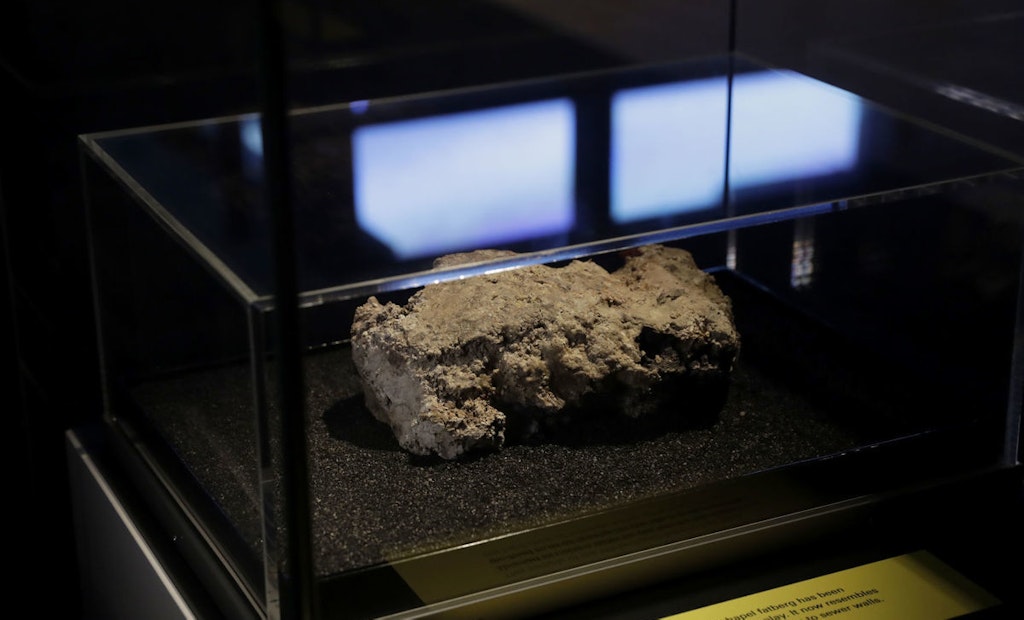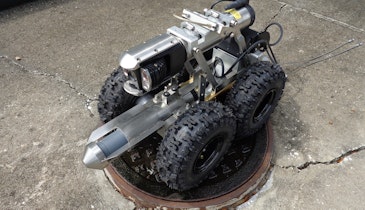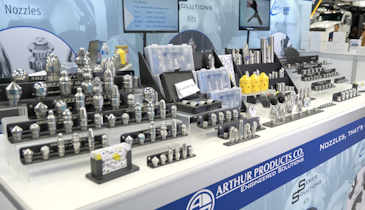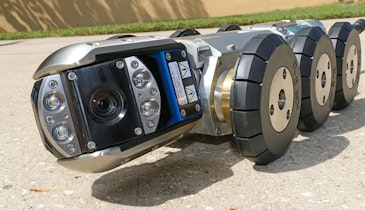
Most of the 130-ton fatberg London sewer workers removed last fall has been turned into biofuel, but the small portion that remains is part of a new museum exhibit. (Photo by Associated Press)
Interested in Education/Training?
Get Education/Training articles, news and videos right in your inbox! Sign up now.
Education/Training + Get AlertsThe massive “fatberg” that clogged a London sewer back in September and made headlines as workers from Thames Water spent weeks removing it is back in the public eye. This time in the form of a museum display.
Most of the 130-ton, 250-meter-long mass of FOG and wipes was turned into biofuel by Argent Energy. But beginning last week, a small portion of it made its debut in a new exhibit at the Museum of London called “Fatberg!” It’s the first time such an exhibit has been done at a U.K. museum.
“At the Museum of London, we highlight the highs and lows of living in this great capital city and aim to draw attention to contemporary issues facing Londoners today,” Vyki Sparkes, Museum of London’s curator of social and working history, said in a press release. “The existence of this fatberg highlights the pressures fat and modern rubbish are putting on London’s historic infrastructure and is an important comment on our increasingly disposable society.
“Displaying part of a fatberg has been on the museum’s wish list for a few years and when we heard about the Whitechapel fatberg — the biggest ever found in the U.K. — we knew we had to act quickly to secure a sample. It’s a piece of history, and the amount of press and public interest it has received confirms our beliefs: This is a really potent object. People are fascinated by it. To me, that’s the purpose of displaying something in a museum. It should be a powerful object, one that can spark conversation and thought.”

The exhibit showcases the kind of protective gear sewer workers had to wear while working to clear the fatberg. (Photo by Associated Press)
The museum worked with industry experts on how to best conserve the sample of the fatberg. An initial thought was to display it in formaldehyde, but it was ultimately decided to slowly air dry it out over several weeks before placing it in a specially sealed case.
“We have had issues with preserving and storing the sample: People normally try and destroy fatbergs, not conserve them,” says Sparkes. “Fatbergs are a material that’s not well understood, chemically and biologically. We’ve had flies hatch out of the fatberg, and mold growth while it was drying out prior to going on display. The sample is also surprisingly fragile, we can’t move it too much. This display is like an experiment, to discover whether we will be able to add fatberg samples to our permanent collection.”
The exhibit — which focuses on what fatbergs are, how they form, and how sewer workers remove them — will be on display at the museum through the end of June. There is even some related merchandise available, including T-shirts and Fatberg Sludge fudge (rum and raisin fudge made to have an appearance similar to the actual fatberg).
“The Whitechapel fatberg became a global celebrity but we didn’t think for a second it would end up on display in a museum,” Becky Trotman, of Thames Water, said in the press release. “The display is a vivid reminder to us all that out of sight is not gone forever, so please help keep London and all the sewers flowing — don’t feed the fatberg.”
Sources: Thames Water; Associated Press; Museum of London







